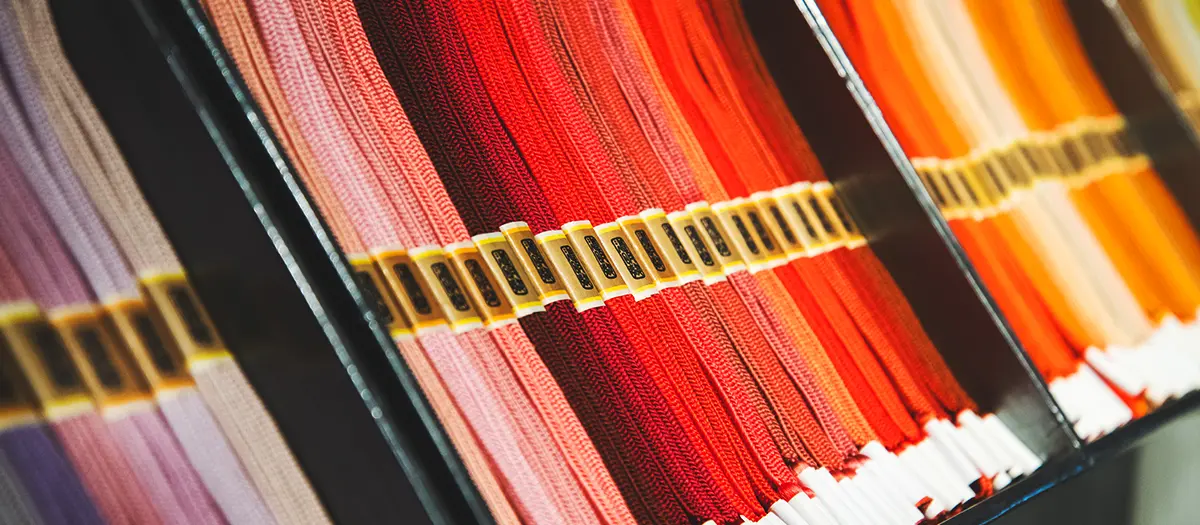
- Share this page
Share this page
- EN
Select Language
- FAVORITES
- Search
Detailed search: You can do a detailed search by keyword, genre, time, area and tag.
Main content starts here.
- Visit Tokyo |
- EXPERIENCES |
- Edo History & Culture |
- Craftsmanship in Tokyo: Japanese Craft Workshops Led by Skilled Artisans
added on : April 28, 2025
Craftsmanship in Tokyo: Japanese Craft Workshops Led by Skilled Artisans
Domyo, Mogami Kogei, Sokichi
Your current location:
東京都心部|東京東部
浅草|神楽坂
Join a Tokyo workshop where you can deepen your understanding of Japanese crafts, connect with Japanese artisans, and create meaningful souvenirs.
Japanese crafts are defined by their high-quality craftsmanship—beautifully showcasing artistry and techniques that have been passed down by generations of artisans. Spring is the season of growth and renewal, making it an excellent time to explore new things. Learn more about Japan’s rich craft heritage, and try your hand at these time-honored traditions with the three below workshops.
Please note that reservations are required for the experiences. Mogami Kogei requires reservations at least one week in advance, while Domyo accepts reservations until 24 hours before the experience.
Elegant Kumihimo braiding ─ Domyo
Arriving in Japan between the sixth and seventh centuries, Kumihimo is the Japanese art of braiding silk threads into intricate cords. Domyo, founded roughly 370 years ago, is a Kumihimo store that dyes and braids all of its products by hand.
The Kumihimo experience, with English support available, starts with an explanation of Kumihimo’s history and showcases beautifully restored Kumihimo from the eighth to thirteenth centuries. Then, it is your turn to braid using the same materials and equipment as Domyo’s artisans. A friendly instructor guides you through the initial steps. At first, the weaving process is difficult to follow. However, thanks to the repetitive nature of the activity, the hand movements become reflexive—lulling you into a calm meditative state. It is fulfilling to see your Kumihimo lengthen with each motion. At the end, you are left with a beautiful braided cord that reflects your state of mind.
Afterwards, as you enjoy matcha and a snack, the instructor converts your Kumihimo into a bracelet, keychain, or strap. Every time you see your handmade Kumihimo, you will remember the calm and rewarding experience.
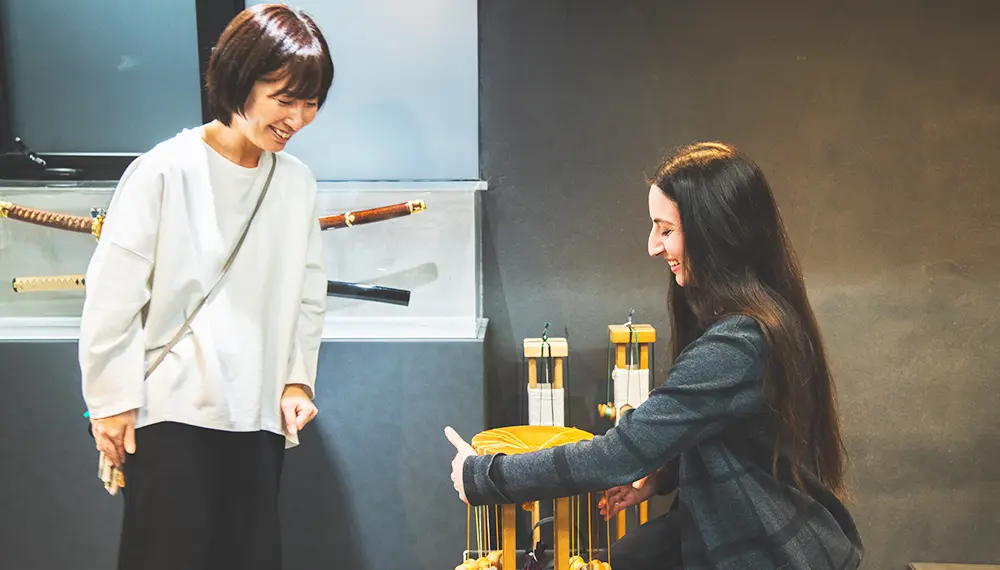
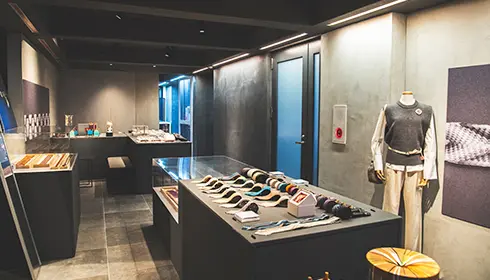
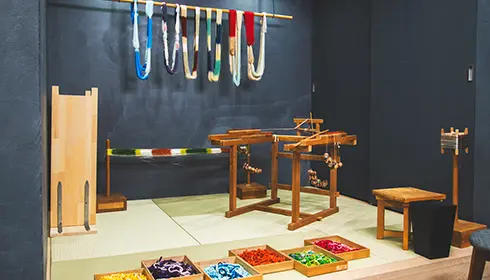
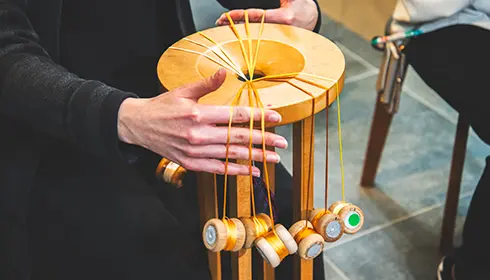
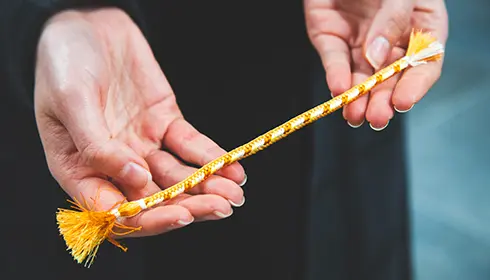
Chopstick making led by an Edo Sashimono wood craftsman ─ Mogami Kogei
Once you enter Mogami Kogei, the aromatic scent of wood immediately encircles you. This family-owned business specializes in Edo Sashimono, a Japanese woodworking technique that relies on wooden joints rather than nails to craft products. The store’s third-generation owner, Yutaka Mogami, is one of the few Edo Sashimono craftsmen left in Tokyo and has been practicing his craft for 48 years.
Create a pair of chopsticks with this artisanal legend as your instructor. Choose from a variety of domestic wood, such as Japanese cypress (hinoki), chestnut, oak, and ash. The subtle color variations and different wood grains highlight the raw beauty of wood. Chestnut is one of the easiest carving options since it has less wood patterning. While oak, with its many wood grains, is more challenging. After you select the wood type, use a Japanese hand plane to carve and shave down your chopsticks, giving them a more rounded shape.
Achieving uniform shaping is more challenging than it appears. Luckily, your instructor supports you every step of the way, offering advice on how to remedy any imperfections. The simple, yet challenging process leaves you with an irreplaceable pair of chopsticks that are guaranteed to inspire pride and elevate any dining experience.
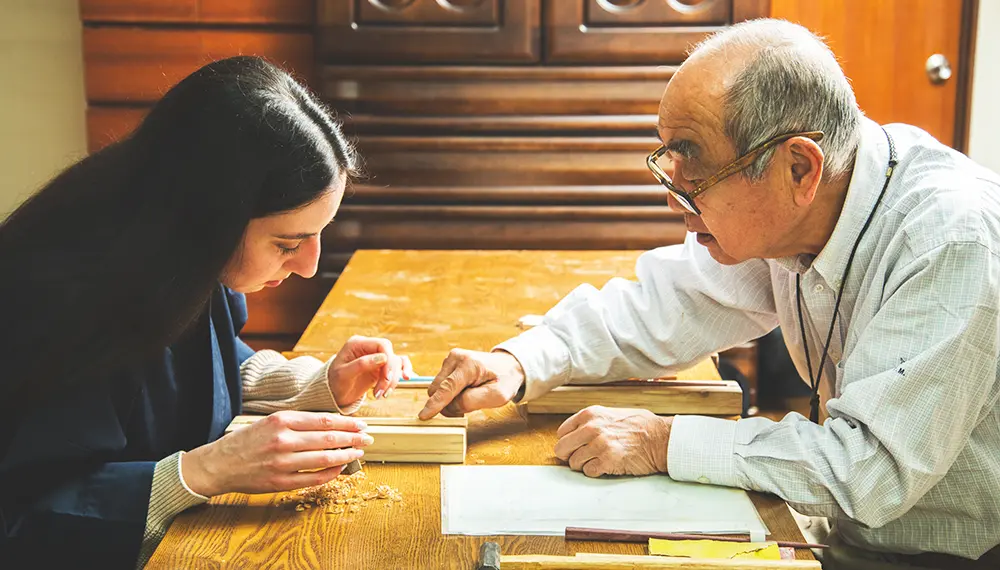
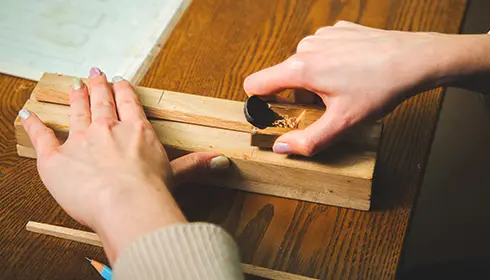
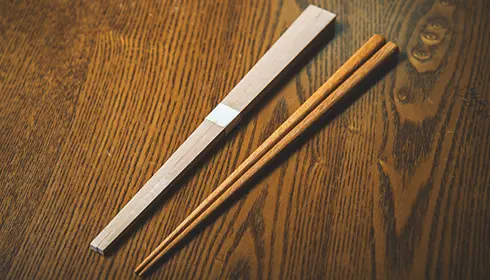
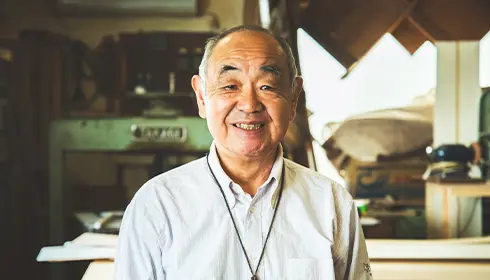
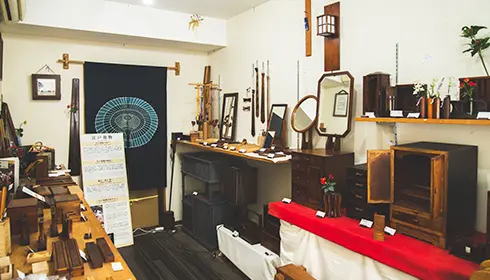
Elaborate Unique Kiriko glass engraving ─ Sokichi
Dating back to 1834, Edo Kiriko is a prestigious Japanese glass craftwork—beloved for its sophisticated patterns. Under light, these Edo Kiriko glasses truly shine, projecting colorful shadows adorned with intricate designs. At Sokichi, a shop that sells over 1,000 types of glassware, you can participate in an authentic Kiriko glass-cutting experience that uses the same machines and blades as professional artisans.
The workshop offers a variety of glass types, colors, and patterns to choose from, with geometric and nature-themed designs being popular. Start by practicing the glass cutting technique, and then design your own one-of-a-kind glass. At first, the glass’s cylindrical shape makes it challenging to precisely engrave a design. However, as you practice, you become familiar with how you can use the grinding wheel to create numerous unique patterns. It is thrilling to watch your vision come to life through such a unique artistic method.
Once you finish your work of art, we recommend perusing Sokichi’s product range to truly understand the necessary skill required to create such complex designs.

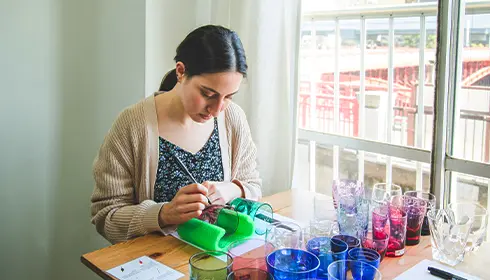
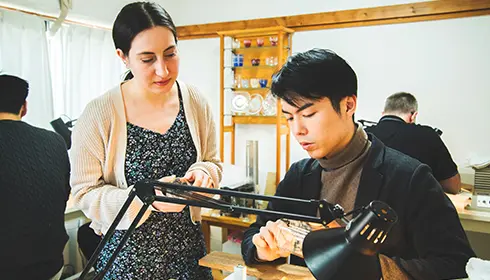
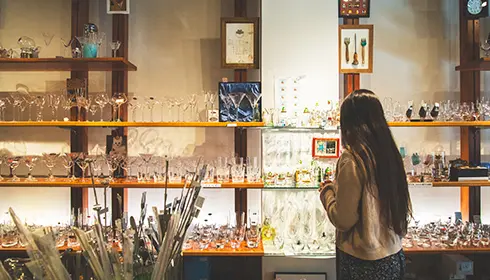
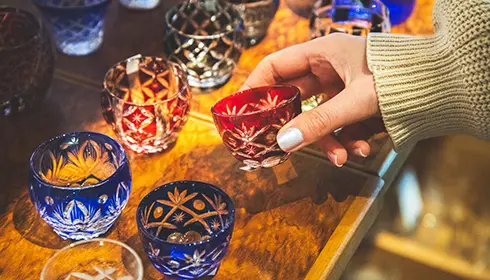
Domyo
| Address | 6-75 Kagurazaka, Shinjuku City, Tokyo |
|---|---|
| URL | Domyo |
Mogami Kogei
| Address | 4-37-10 Kuramae, Taito City, Tokyo |
|---|---|
| URL | Mogami Kogei |
Sokichi
| Address | 2-1-14 Kaminarimon, Taito City, Tokyo |
|---|---|
| URL | Sokichi |
For updated information on opening hours, days closed, prices, and more, please check the official website.
